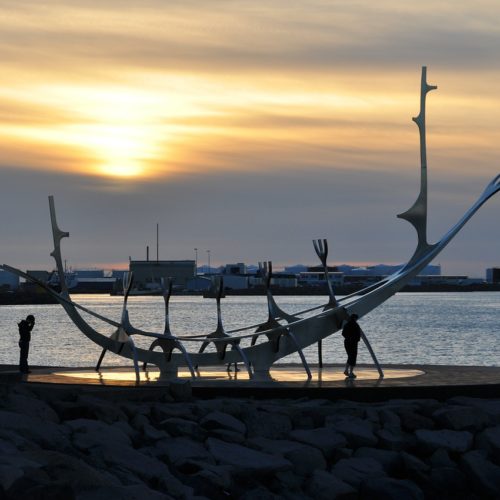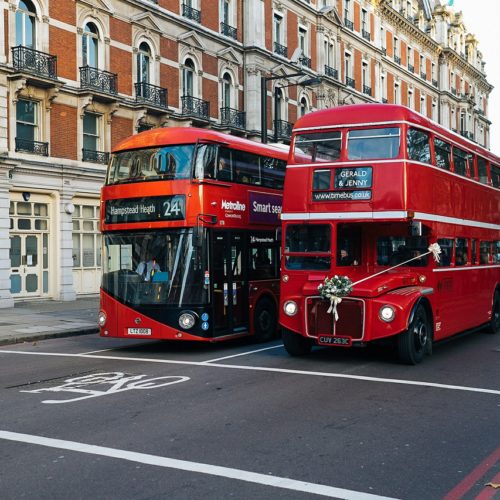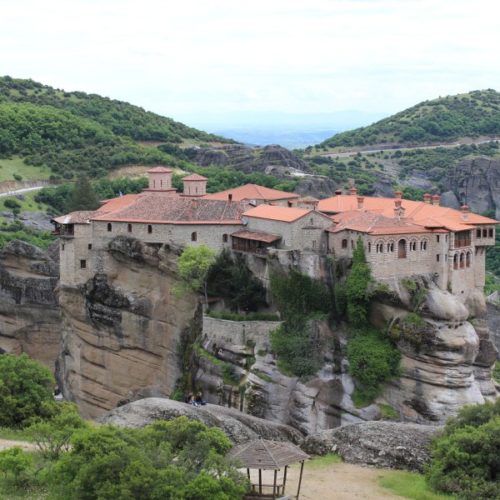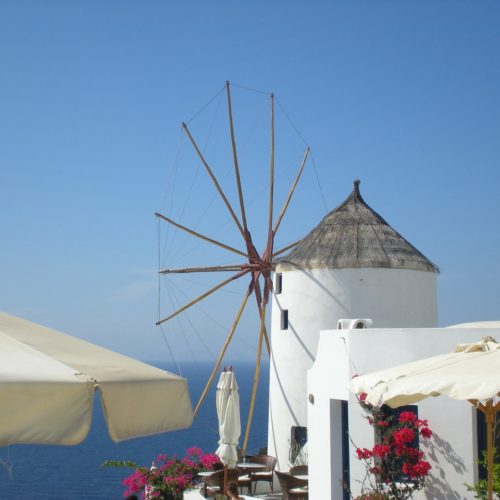Kristie & Rob
Day 1 (DUBROVNIK):
Arrival to Dubrovnik. Private transfer to your hotel. Free time and overnight.
Day 2 (DUBROVNIK):
After the breakfast, visit of Dubrovnik; The over a thousand year old history of Dubrovnik is visible in every part of this city. The city is a living museum and a live stage, and has an ideal connection between its historical past and the modern day. It is surrounded by medieval walls that are 1940 metres long and are preserved in their original form. They are open to visitors and are the city’s greatest attraction. Since 1979 the town has been under UNSECO protection. In the afternoon we suggest to visit the city walls or even to take the cable car and to visit the mountain Srđ with the breathtaking views of the Old City of Dubrovnik. For the evening we suggest to have dinner in one of the many excellent restaurants that the Old town has to offer.
Day 3 (DUBROVNIK – KOTOR – DUBROVNIK):
After the breakfast we suggest to make a trip to the nearby country of Montenegro. After one hour drive your will cross the border. We suggest to visit the Old Town of Kotor. Located along one of Montenegro’s most beautiful bays is Kotor, a city of traders and famous sailors, with many stories to tell. The Old City of Kotor is a well preserved urbanization typical of the middle Ages, built between the 12th and 14th century. Medieval architecture and numerous monuments of cultural heritage have made Kotor a UNESCO listed “World Natural and Historical Heritage Site”. Free time and return to Dubrovnik. For the evening we suggest to have dinner in one of the many excellens restaurants that the Old town has to offer.
Day 4 (DUBROVNIK – CAVTAT – DUBROVNIK):
After the breakfast, we suggest to visit Cavtat, town of many palaces, residences and monuments from Roman times is located on the western shores of Konavle. Underwater Cavtat is the largest underwater site for amphorae in the Adriatic and the Mediterranean. If you take a walk on the waterfront absorbing the scents and sounds of nature, you will enjoy the quiet secluded bays and the exceptional cultural heritage. In the afternoon return to Dubrovnik. For the evening we suggest to have dinner in one of the many excellent restaurants that the Old town has to offer.
Day 5 (DUBROVNIK – ISLAND OF KORCULA):
After the breakfast, transfer to the island of Korcula. We suggest to stop in Ston where you can try the oysters or to visit the walls and the salt works. After take the ferry to go to the island of Korcula. The birthplace of Marco Polo was built on the foundations of a Greek colony, and is the historical and tourist centre of the largest island in the Dubrovnik region. It is famous for its streets that are shaped in the form of a fish bone and well-preserved Gothic and Renaissance buildings. Among them stands out the Cathedral of sv. Marko [St. Mark], whose rich interior guards the works of great Italian painters. The people of Korčula have preserved their customs and the medieval knight’s game “Moreška” that takes place on the town streets. The gentle Mediterranean cuisine will challenge the palates of even the most fastidious gourmets.
Day 6 (KORCULA):
Discover the island of Korcula or just enjoy the day at the beach and try local food and wine.
Day 7 (KORCULA – HVAR):
After the breakfast, according the timetable, take the ferry to go to the island of Hvar.
Day 8 (HVAR):
The centre of the sunniest Croatian island of the same name – Hvar is a unique blend of luxurious Mediterranean natural surroundings, layer upon layer of a rich cultural and historical heritage and sophisticated tourism. Located in picturesque natural surroundings on the south side of the island, surrounded by mighty medieval walls, magical fields and the scent of lavender, Hvar is a never-ending treasure of monumental heritage, culture and atmospheres. Its name originates from the word PHAROS – the Greek name for the island of Hvar and the town which was formerly in the place of the present Stari Grad (the Old Town) from which it took over the title as island centre in the 13th century.
Day 9 (HVAR):
Day at the beach or you can visit the Pakleni Otoci (Hell Islands).
Day 10 (HVAR – SPLIT):
After the breakfast, according the ferry timetable cross to get to Split. This eternally young city with around 200 thousand inhabitants has lived its urban rhythm for 1700 years with Diocletian’s palace at its heart, which is also the historical centre of the city and a UNESCO world heritage site. The Cathedral of sv. Dujam [St. Domnios], the patron saint of Split, is located in the mausoleum of Emperor Diocletian, and its sumptuous interior is a gathering place for many of the faithful and tourists. Many valuable monuments of culture are located outside the walls of Diocletian’s Palace (Renaissance Prokurative Square, palaces, churches, museums…). For the evening we suggest to have dinner in one of the many excellent restaurants that the town has to offer.
Day 11 (SPLIT – TROGIR – SPLIT):
After the breakfast we suggest to visit Trogir, 30 minutes from Split. Trogir is a harmonious stone town on a small island that is connected to the mainland and the island of Čiovo by bridges. The old town, under UNESCO protection, is a treasure trove for lovers of art, Renaissance and Baroque buildings, Romanesque churches… It is called the town-museum which is visible in the famous portal of Trogir cathedral by the craftsman Radovan in 1240, a Renaissance city lodge, the thousand year old Monastery of sv. Nikola [St. Nicholas] which has the ancient famous relief of Kairos preserved in it from the 4th century BC. Return to Split. For the evening we suggest to have dinner in one of the many excellent restaurants that the town has to offer.
Day 12 (SPLIT):
Free day.
Day 13 (SPLIT – SIBENIK – ZADAR):
After the breakfast depart towards Zadar. We suggest to stop in the beautiful Sibenik, a gem in the Croatian Adriatic, is situated along the mouth of Krka on the most picturesque part of the eastern Adriatic coast. As the oldest Croatian autochthonous town it was first mentioned in 1066 during the reign of the Croatian King Kresimir IV. The rich cultural and historical heritage of the city is visible in the impressive Cathedral of sv. Jakov [St. Jacob], built by the famous architect Juraj Dalmatinac and is under UNESCO protection. Numerous churches, monasteries, palaces and four fortresses ‘frame’ the city, and also testify to the perseverance, renunciation and faith of generations of people of Šibenik. In the afternoon, drive via Zadar an ancient Mediterranean port city. The old town, surrounded by walls and towers on a peninsula, with a new, urban part is connected by a bridge, a symbol of the city. Built on Roman urban principles, where there are several major longitudinal streets traversed by a greater number of latitudinal streets, give the city a rectangular shape. The old town is a treasure trove of archaeological treasures and monuments to the ancient, medieval and Renaissance periods. This is visible by a number of sacral and architectural monuments – the church of sv. Donat [St. Donatus] where every summer the sounds of Zadar’s musical evenings echo, the Roman Forum near the main square, Kalelarga – the longest and widest street, the Cathedral of sv. Stošije [St. Anastasia], an Archaeological Museum with its exceptional treasures and many other monuments of cultural and historical heritage (town gate, Arsenal, churches, museums…). In a city with the most beautiful sunset, in a maritime archipelago facing a multitude of islands and islets, which protect the city from the strong winds, enjoy the symphony of the Sea Organ and magical urban light installation Pozdrav suncu [Greeting the Sun] near the new harbour for cruise ships.
Day 14 (ZADAR – NATIONAL PARK PLITVICE – ZAGREB):
After the breakfast, depart via Plitvice, a natural phenomenon is a jewel of inestimable value. Between Mala kapela and Plješivica, in the area where the river Korana has its source, there are 16 large and a lot of small lakes which are connected by small, medium and large waterfalls after which the river Korana continues its journey to Karlovac. Due to the natural beauty of the waterfalls, cascades, caves and rocks, which offer a beautiful mosaic of colours, sounds and shapes surrounded by high mountain forest terrain, Plitvice lakes and its surroundings were in 1949 declared a National Park, and since 1979 have been under the UNESCO protection. In the afternoon, we will depart to Zagreb.
Day 15 (ZAGREB):
Zagreb is Croatia’s capital, as well as being a business centre, university centre, city of culture, art and entertainment. Springing up from two medieval settlements – Kaptol and Gradec, which form the core of the old Upper Town, it is a true Central European city and with the surrounding settlements it has about one million inhabitants. The old Baroque nucleus is woven from old stone streets and buildings, many churches, a magnificent cathedral with modern shops, cosy cafes and restaurants. Have a ride on the Zagreb’s blue tram or walk down the longest street in Zagreb – Ilica, climb up the funicular to the Upper Town and visit the Lotršćak tower, St. Mark’s Church, Kamenita vrata, museums and galleries. For the evening we suggest to have dinner in one of the many excellent restaurants that the town has to offer.
Day 16 (ZAGREB – OPATIJA):
After the breakfast, or according your desires departure via the region of Kvarner. Overnight in the beautiful Opatija, a fashionable Adriatic tourist resort. In the past it was a summer and winter destination for the Austro-Hungarian nobility because of its mild Mediterranean climate, and today it is a place of luxury hotels, former villas and private summer residences that have been turned into beautiful hotels, wellness centres, congress halls, and swimming pools. Villa Angiolina, one of the oldest and most beautiful buildings, has hosted many famous people. For the evening we suggest to have dinner in one of the many excellent restaurants that the town has to offer.
Day 17 (OPATIJA – PENISULA ISTRIA – OPATIJA):
The day we sincerely reccomend to spend the entire day in one of the most beautiful regions that Croatia has to offer – Istria. Visit of the ancient town of Pula, the romantic Rovinj, the town of truffles Motovun and many other places.
Day 18 (RIJEKA & TRSAT):
Day of rest or you can go to Rijeka and Trast, only 20 minuts from Opatija. Discover a city of history, culture and crazy fun! Walk the central town squares, Korzo, visit the Old Town, the Shrine to Majka Božja [Mother of God] on Trsat, and in the evening, visit the theatre, stop in one of the top restaurants and then finish the evening dancing to rhythms in one of the many clubs that guarantee a great night out… The most recognisable image of Rijeka is surely Trsat, a medieval fortified town built by the Croatian Frankopan princes and the famous Marian shrine. One of the largest Central European ports and until recently a powerful industrial centre, Rijeka provides many opportunities. Whatever you choose, you will be convinced: This city has an attractive tourist face. Famous for its many cultural and entertainment events such as the Rijeka Summer Nights, where musical-theatrical events are held throughout the city.
Day 19 (OPATIJA – TRIESTE – VENEZIA):
After the breakfast, early in the morning departure towards Italy. First stop in Trieste. In the afternoon drive towards Venice.
Day 20 (VENEZIA):
Discover the amazing Venezia.
Day 21 (DEPARTURE):
After the breakfast according your flight, transfer to the airport.






Leave a reply